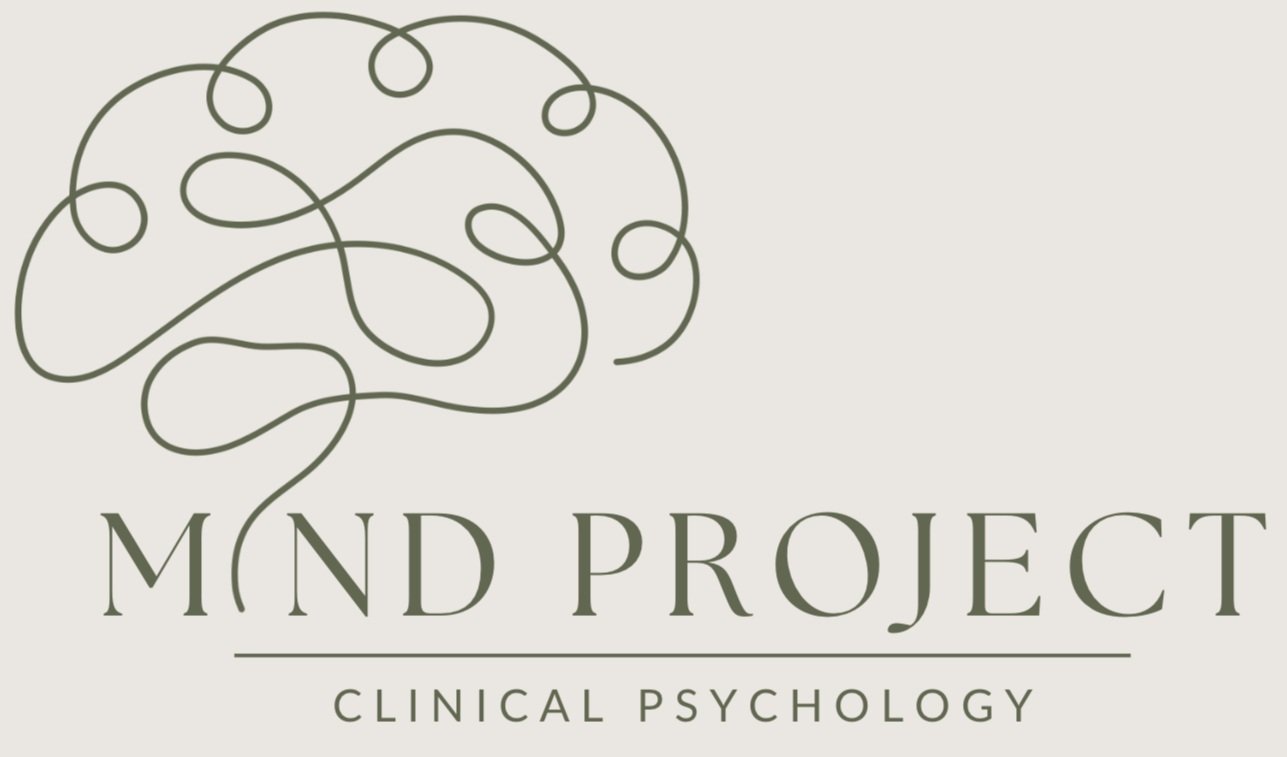How to Practice Mindfulness
“I suck at Mindfulness.”
“I can’t focus”
“I keep getting distracted.”
Almost everybody says things like this when they start practicing mindfulness (I certainly did). And that’s okay. If you picked up a violin for the first time and scratched out hey, diddle-diddle you would suck at that as well. But the good news is, mindfulness is a skill, it’s a practice – which means it needs practice. And thankfully, with time – and patience – Mindfulness becomes easier, less awkward, less effortful, more natural and people can enjoy the host of benefits associated with mindfulness.
How
In simplest terms, Mindfulness is attention training – to the present moment, without judgment.
So, with this in mind, there are three key steps:
1) Focus on the present moment without judgment.
2) Acknowledge, accept, and let go of distractions
3) Return attention to the present moment
Step 1: Focus on the present moment without judgement
Now, when we say, ‘focus on the present moment’, there are a few things we can choose to pay attention to.
- The five senses (sight, smell, hearing, taste, touch),
- the breath,
- the body,
- thoughts,
- emotions,
- body sensation, or
- simply whatever task you are currently doing (e.g. dishes, walking the dog, brushing teeth).
They’re all good. They all work. The point is just to pick something that is happening right now and simply observe it. Just watch. Enjoy the show. Try to observe it as if you’ve never observed it before. Try to observe it like an infant – full of curiosity when it finds a new toy or a leaf or a tasty-looking cockroach.
Remember: a part of you may find the thing your observing unpleasant (i.e. anxiety, shame pain, negative thoughts ect). That’s okay, just try to remove any judgments may you have (e.g. ‘I hate this’, ‘I wish it would go away’). Simply watch and accept. Let it be. You don’t need to do anything to change it. In fact, with mindfulness, you don’t want to.
Step 2: Acknowledge, Accept, and Let go of Distractions
Distractions are coming. I promise.
Trust me, no matter how hard you try, thoughts will drag your attention away (‘what am I cooking for dinner?’, ‘I need to call so and so’, ‘I forgot to put out the bins’…). That’s fine. The mind wanders. The mind thinks. That’s what it does. All you need to do is acknowledge the distraction, accept it, and let it go. Be gently with yourself. People are quick to judge themselves as ‘bad’ at mindfulness simply because they have distractions. This is the wrong mindset.
Consider this: Every time you catch a distraction and let it go, you get a little ‘rep’—making your mind a little bit stronger, a little bit fitter.
Catching distractions and gently letting them go is mindfulness.
Step 3: Return Attention
So, you focused on the present moment without judgment, then acknowledged, accepted and let go of a distraction. Now all that’s needed it so come ‘back home’ to the present moment.
This is mindfulness. Present moment. Distraction. Present moment. Distraction. Present Moment. Distraction…
Give the following exercise a go.
(And remember: you don’t have to be ‘good’ at mindfulness. Just practice, and the benefits will follow).
Mindfulness of Breath Example Exercise:
Introduction: Find a comfortable and quiet space to sit or lie down. Close your eyes if you feel comfortable doing so.
Body Position: Begin by settling into a relaxed posture. If you're sitting, place your feet flat on the ground and rest your hands on your lap. If you're lying down, let your arms rest by your sides.
Breath Awareness: Now, bring your attention to your breath. Feel the natural rhythm of your breathing. There's no need to change your breath; just observe it as it is.
Inhale: Take a slow, deep breath in through your nose. Feel the cool air entering your nostrils. Follow the breath as it travels down into your chest and fills your lungs.
Exhale: Exhale slowly through your mouth or nose, whichever feels more natural. Notice the warmth of the exhaled air. Feel the gentle rise and fall of your chest and abdomen with each breath.
Staying Present: Your mind may start to wander, and that's okay. When it does, gently bring your focus back to your breath. Imagine each breath as a wave, rising and falling on the shore of your awareness.
Observing Sensations: As you breathe, do you notice any sensations in your body? Any tension? Any areas of warmth or coolness? Observe without judgment.
In and Out: Continue this mindful breathing for a few more moments, staying fully present with each inhale and exhale.
Conclusion: In your own time, slowly open your eyes if they were closed. Take a moment to acknowledge the calm and centered feeling that comes from focusing on your breath. Carry this mindfulness with you as you go about your day, returning to this practice whenever you need a moment of peace.
